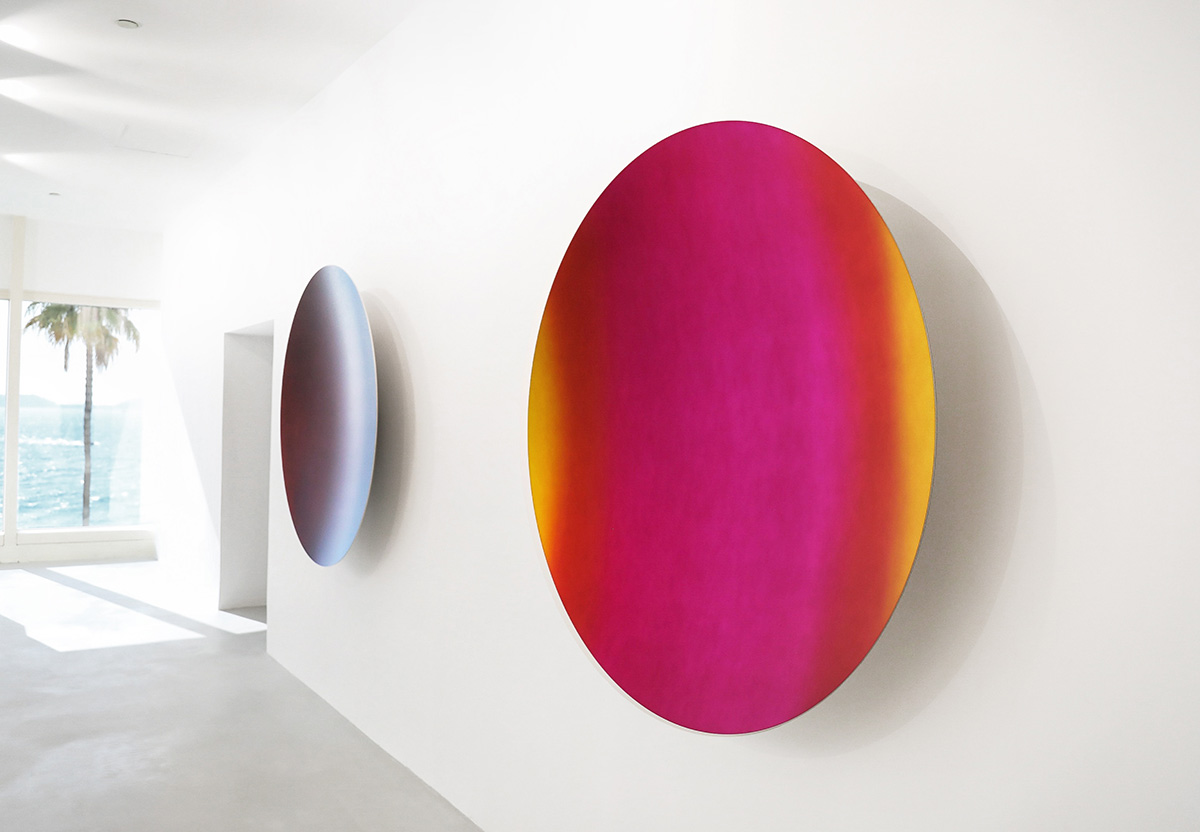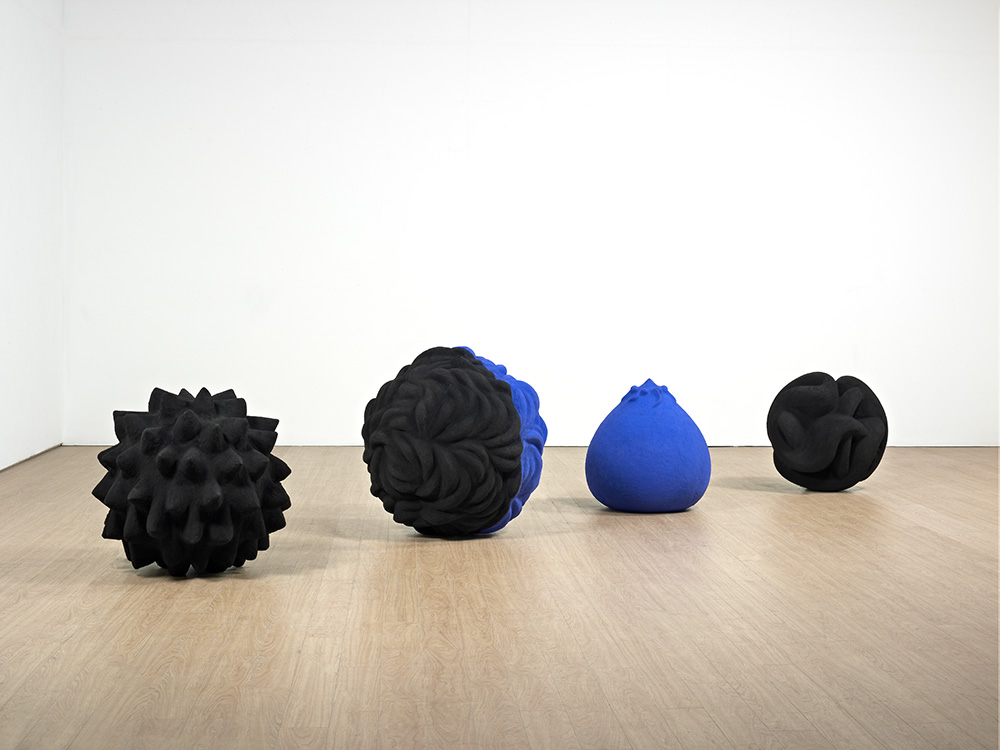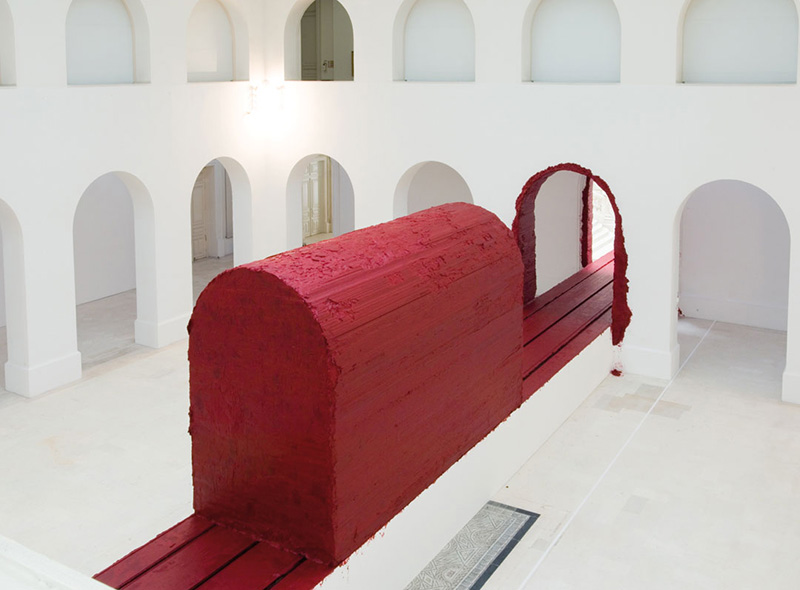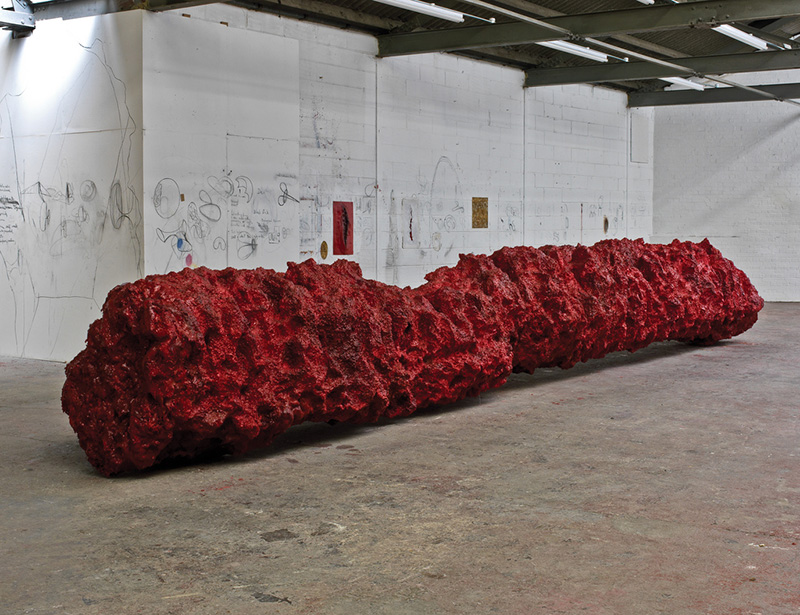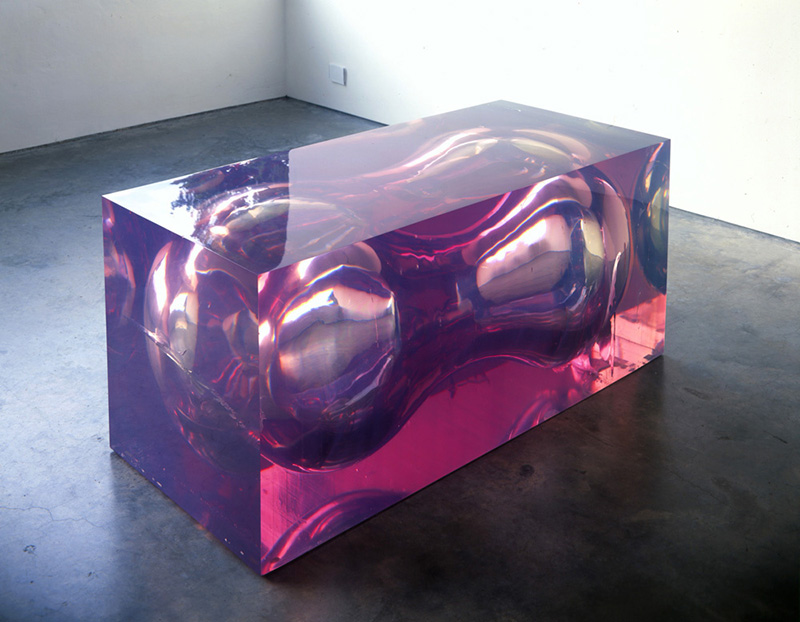TRACES: Anish Kapoor
 Today is the occasion to bear in mind Anish Kapoor (12/3/1954- ), he is considered one of the most important sculptors of his generation. Anish Kapoor has re-imagined the medium of sculpture, finding new ways to challenge and beguile audiences. This column is a tribute to artists, living or dead, who have left their mark in Contemporary Art. Through documents or interviews, starting with: moments and memories, we reveal out from the past-unknown sides of big personalities, who left their indelible traces in time and history…
Today is the occasion to bear in mind Anish Kapoor (12/3/1954- ), he is considered one of the most important sculptors of his generation. Anish Kapoor has re-imagined the medium of sculpture, finding new ways to challenge and beguile audiences. This column is a tribute to artists, living or dead, who have left their mark in Contemporary Art. Through documents or interviews, starting with: moments and memories, we reveal out from the past-unknown sides of big personalities, who left their indelible traces in time and history…
By Efi Michalarou
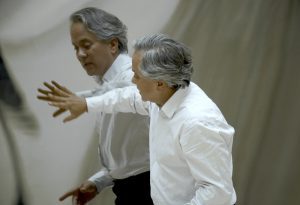 Anish Kapoor was born in Bombay, he moved to London to study at the Hornsey College of Art (1973–77) and the Chelsea School of Art (1977–78). A return visit to India in 1979 sparked new perspectives on the land of his birth. These were reflected through his use of saturated pigments and striking architectural forms in bodies of work such as “1000 Names”. Created between 1979 and 1980, this series consisted of arrangements of abstract geometric forms coated with loose powdered pigments that spilled beyond the object itself and onto the floor or wall. “While making the pigment pieces, it occurred to me that they all form themselves out of each other. So I decided to give them a generic title, A Thousand Names, implying infinity, a thousand being a symbolic number. The powder works sat on the floor or projected from the wall. The powder on the floor defines the surface of the floor and the objects appear to be partially submerged, like icebergs. That seems to fit inside the idea of something being partially there”. In the late ‘80s and ‘90s, he was acclaimed for his explorations of matter and non-matter, specifically evoking the void in both free-standing sculptural works and ambitious installations. Many of his sculptures seem to recede into the distance, disappear into the ground or distort the space around them. In 1987, he began working in stone. His later stone works are made of solid, quarried stone, many of which have carved apertures and cavities, often alluding to, and playing with dualities (earth-sky, matter-spirit, lightness-darkness, visible-invisible, conscious-unconscious, male-female, and body-mind). Since 1995, he has worked with stainless steel. These works are mirror-like, reflecting or distorting the viewer and surroundings. Over the course of the following decade Kapoor’s sculptures ventured into more ambitious manipulations of form and space. He produced a number of large works, including “Taratantara” and “Marsyas”. The “Eye in Stone” is permanently placed at the shore of the fjord in Lødingen in Norway as part of Artscape Nordland. In 2000, one of Kapoor’s works, “Parabolic Waters”, was shown outside the Millennium Dome in London. The use of red wax is also part of his repertoire, evocative of flesh, blood, and transfiguration. In 2007, he showed “Svayambh” a 1.5-metre block of red wax that moved on rails, as part of the Biennale estuaire in Nantes Some his work blurs the boundaries between architecture and art. In 2008, Kapoor created “Memory”, his first piece in Cor-Ten steel. In 2009, Kapoor became the first Guest Artistic Director of Brighton Festival. Kapoor installed four sculptures during the festival: “Sky Mirror”, “C-Curve”, “Blood Relations” (a collaboration with author Salman Rushdie); and “1000 Names”. He also created a large site-specific work titled “The Dismemberment of Jeanne d’Arc” and a performance-based installation “Imagined Monochrome”. In September 2009, Kapoor was the first living artist to have a solo exhibition at the Royal Academy of Arts. In spring 2011, Kapoor’s work, “Leviathan” was the annual Monumenta installation for the Grand Palais in Paris. “Dirty Corner”, exhibited at the Palace of Versailles in 2015, was a topic of controversy due to its “blatantly sexual” nature. Kapoor himself described the work “A work has multiple interpretive possibilities, Ιnevitably, one comes across the body, our bodies and a certain level of sexuality. But it is certainly not the only thing it is about”.
Anish Kapoor was born in Bombay, he moved to London to study at the Hornsey College of Art (1973–77) and the Chelsea School of Art (1977–78). A return visit to India in 1979 sparked new perspectives on the land of his birth. These were reflected through his use of saturated pigments and striking architectural forms in bodies of work such as “1000 Names”. Created between 1979 and 1980, this series consisted of arrangements of abstract geometric forms coated with loose powdered pigments that spilled beyond the object itself and onto the floor or wall. “While making the pigment pieces, it occurred to me that they all form themselves out of each other. So I decided to give them a generic title, A Thousand Names, implying infinity, a thousand being a symbolic number. The powder works sat on the floor or projected from the wall. The powder on the floor defines the surface of the floor and the objects appear to be partially submerged, like icebergs. That seems to fit inside the idea of something being partially there”. In the late ‘80s and ‘90s, he was acclaimed for his explorations of matter and non-matter, specifically evoking the void in both free-standing sculptural works and ambitious installations. Many of his sculptures seem to recede into the distance, disappear into the ground or distort the space around them. In 1987, he began working in stone. His later stone works are made of solid, quarried stone, many of which have carved apertures and cavities, often alluding to, and playing with dualities (earth-sky, matter-spirit, lightness-darkness, visible-invisible, conscious-unconscious, male-female, and body-mind). Since 1995, he has worked with stainless steel. These works are mirror-like, reflecting or distorting the viewer and surroundings. Over the course of the following decade Kapoor’s sculptures ventured into more ambitious manipulations of form and space. He produced a number of large works, including “Taratantara” and “Marsyas”. The “Eye in Stone” is permanently placed at the shore of the fjord in Lødingen in Norway as part of Artscape Nordland. In 2000, one of Kapoor’s works, “Parabolic Waters”, was shown outside the Millennium Dome in London. The use of red wax is also part of his repertoire, evocative of flesh, blood, and transfiguration. In 2007, he showed “Svayambh” a 1.5-metre block of red wax that moved on rails, as part of the Biennale estuaire in Nantes Some his work blurs the boundaries between architecture and art. In 2008, Kapoor created “Memory”, his first piece in Cor-Ten steel. In 2009, Kapoor became the first Guest Artistic Director of Brighton Festival. Kapoor installed four sculptures during the festival: “Sky Mirror”, “C-Curve”, “Blood Relations” (a collaboration with author Salman Rushdie); and “1000 Names”. He also created a large site-specific work titled “The Dismemberment of Jeanne d’Arc” and a performance-based installation “Imagined Monochrome”. In September 2009, Kapoor was the first living artist to have a solo exhibition at the Royal Academy of Arts. In spring 2011, Kapoor’s work, “Leviathan” was the annual Monumenta installation for the Grand Palais in Paris. “Dirty Corner”, exhibited at the Palace of Versailles in 2015, was a topic of controversy due to its “blatantly sexual” nature. Kapoor himself described the work “A work has multiple interpretive possibilities, Ιnevitably, one comes across the body, our bodies and a certain level of sexuality. But it is certainly not the only thing it is about”.

